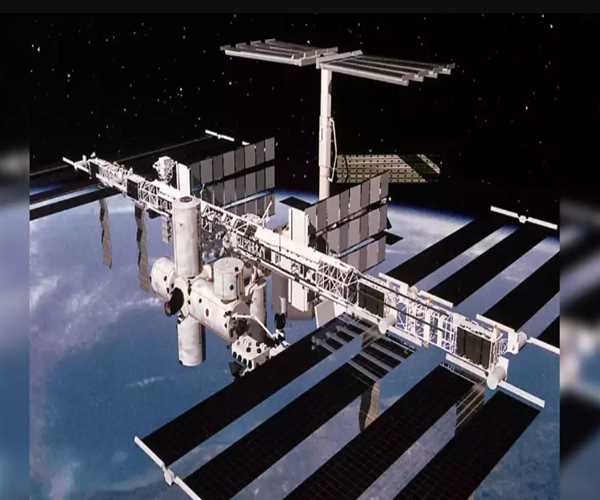
28-Jun-2024 , Updated on 6/28/2024 3:52:42 AM
Indian Space Station, Chandrayaan-4 plans ready for govt approval: ISRO.
At a news conference in New Delhi on Wednesday, Indian Space Research Organization (ISRO) chairman S. Somanath stated that the organization has completed the design to construct Bhartiya Antriksh Station (BAS) and would shortly submit it to the government for permission.
Approval is also pending for the final designs for the Next Generation Launch Vehicle (NGLV) and Chandrayaan-4, India's next moon mission, which includes an essential space docking station. NGLV will take the place of Launch Vehicle Mark-III (LVM3), the large space launcher currently in use.
We've finished outlining the characteristics of India's space station and the design of our NGLV. We have figured out how to return samples from the moon to Earth using the Chandrayaan-4 arrangement. On the fringes of the Indian Space Congress in 2024, he stated, "We will test this with multiple launches because our current rocket is not enough to go and bring back the samples."
We need to be able to dock in both lunar and Earth orbits for that. We are currently preparing for that, and this year, our mission, Spadex (space docking experiment), will conduct its maiden trial launch in support of that. It's going to be used in Chandrayaan-4. It has a project report that has been worked up with all the information, study, and internal evaluation. This will shortly be submitted for government approval.
Government review and clearance of a comprehensive report on the NGLV launch vehicle, which includes "its full design, configuration, building design, production plan, implementation plan and cost," is now available, according to Somanath.
Chandrayaan-4 is scheduled to launch in 2028 with the goal of returning lunar soil samples to Earth. The two-phase mission's success might be crucial to the achievement of Gaganyaan's goal of landing an Indian on the moon by 2040.
We have figured out the BAS's first setup. The only and heaviest rocket we have available to launch this is LVM3. As previously stated, the initial launch of the station is scheduled for 2028, and the first BAS module has already been engineered. A different proposal including the technologies needed, the estimated time and cost of the build, and our plans for developing BAS is also provided.
According to Somanath, ISRO has asked the Center to sanction a new launch facility since the existing facilities are "not enough." The new launch complex for NGLV will be substantially heavier, weighing close to 4,000 tons. It will need a lot of capacity to do this.
The Australian government and ISRO's commercial division, NewSpace India Ltd. (NSIL), inked a collaboration on Wednesday. Australia would provide $18 million to Indian space endeavors, as per the deal.
The partnership's first mission approval is a $8.5 million satellite launch deal for Space Machines, an Australian company. Space Machines is scheduled to launch its satellite monitoring payload on board the Small Satellite Launch Vehicle (SSLV), an ISRO rocket that has been privatized, in 2026.
Although there is external demand as evidenced by this cooperation, internal demand is still modest. According to a Monday Mint article, the Indian private sector's demand may be suppressed by difficulties with the financing process for space launches in India.
"The communications sector, which is a major satellite manufacturer, will be the source of demand. For this reason, the state-affiliated nodal space promotions and authorization agency, In-Space, has stated that in order to allow the industry to construct satellites, it is necessary to identify orbital slots and frequencies. This will be the initial action.
Earth's Orbit
According to Somanath, ISRO and In-Space would collaborate with the government and key partners to construct a constellation of low-Earth orbit (Leo) earth observation satellites, potentially increasing domestic demand.
"There are a ton more options available in terms of applications. New opportunities will arise if you develop applications for satellites. Demand can be generated, for instance, in fields like space timings and the combination of earth observation with other observations. A few companies are involved in these areas, such as GalaxEye, which will open up the prospect of producing satellites domestically in India.

CONTENT WRITER
Writing is my thing. I enjoy crafting blog posts, articles, and marketing materials that connect with readers. I want to entertain and leave a mark with every piece I create. Teaching English complements my writing work. It helps me understand language better and reach diverse audiences. I love empowering others to communicate confidently.
Join Our Newsletter
Subscribe to our newsletter to receive emails about new views posts, releases and updates.
Copyright 2010 - 2025 MindStick Software Pvt. Ltd. All Rights Reserved Privacy Policy | Terms & Conditions | Cookie Policy